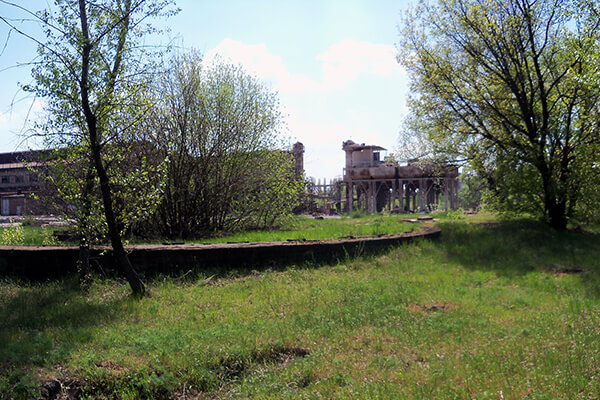
Engineering and Laboratory Building of Dneprovsky Metro
Background
On January 25, 2020 representatives of the Department of Transport and Transport Infrastructure of Dnipro City Council organized a meeting with the city residents – it was done to openly discuss with the citizens the tasks and problems of transport systems of the city.
As part of this meeting, a small excursion to the operating facilities of Dnipro Metro, which are not accessible to ordinary citizens and subway passengers in normal mode, took place. In this article I will show my readers the Engineering and Laboratory Building of Dnipro Metro.
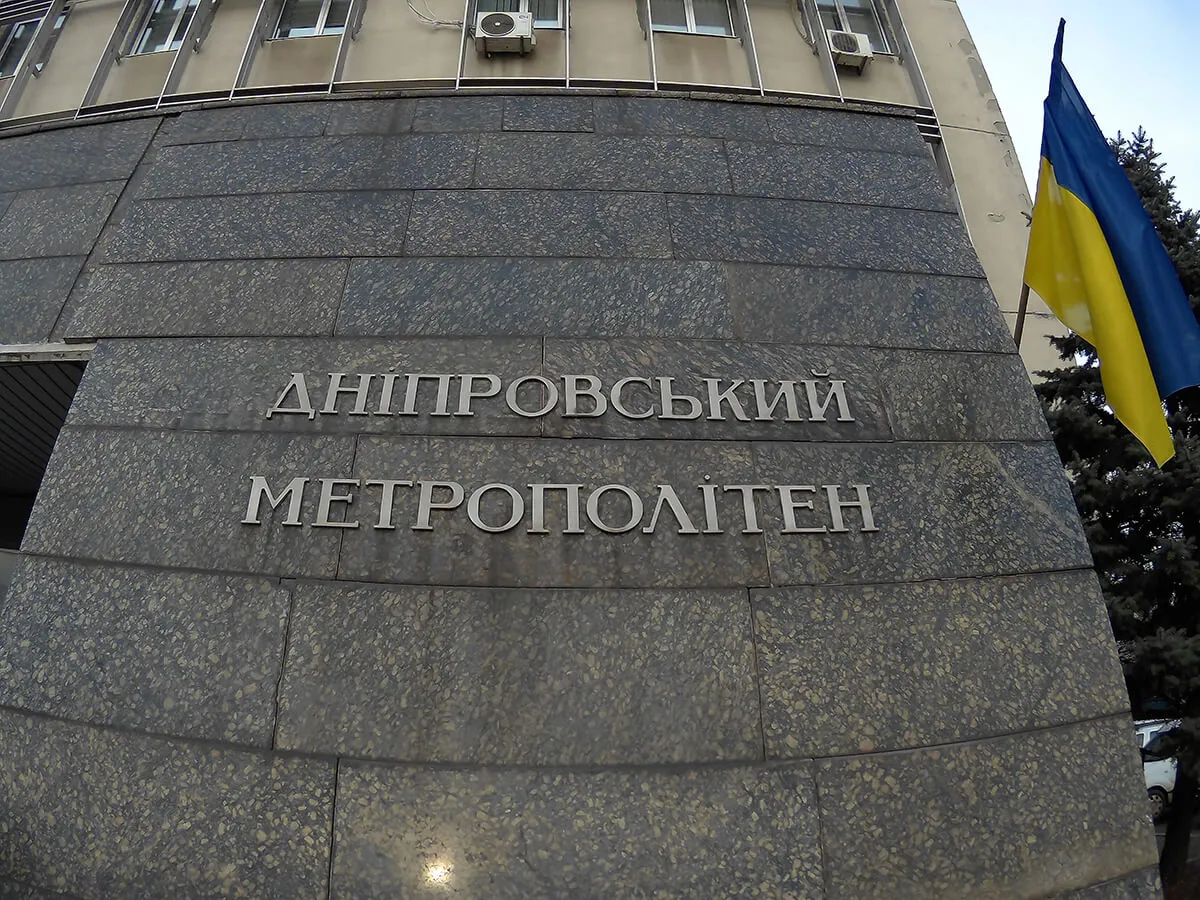
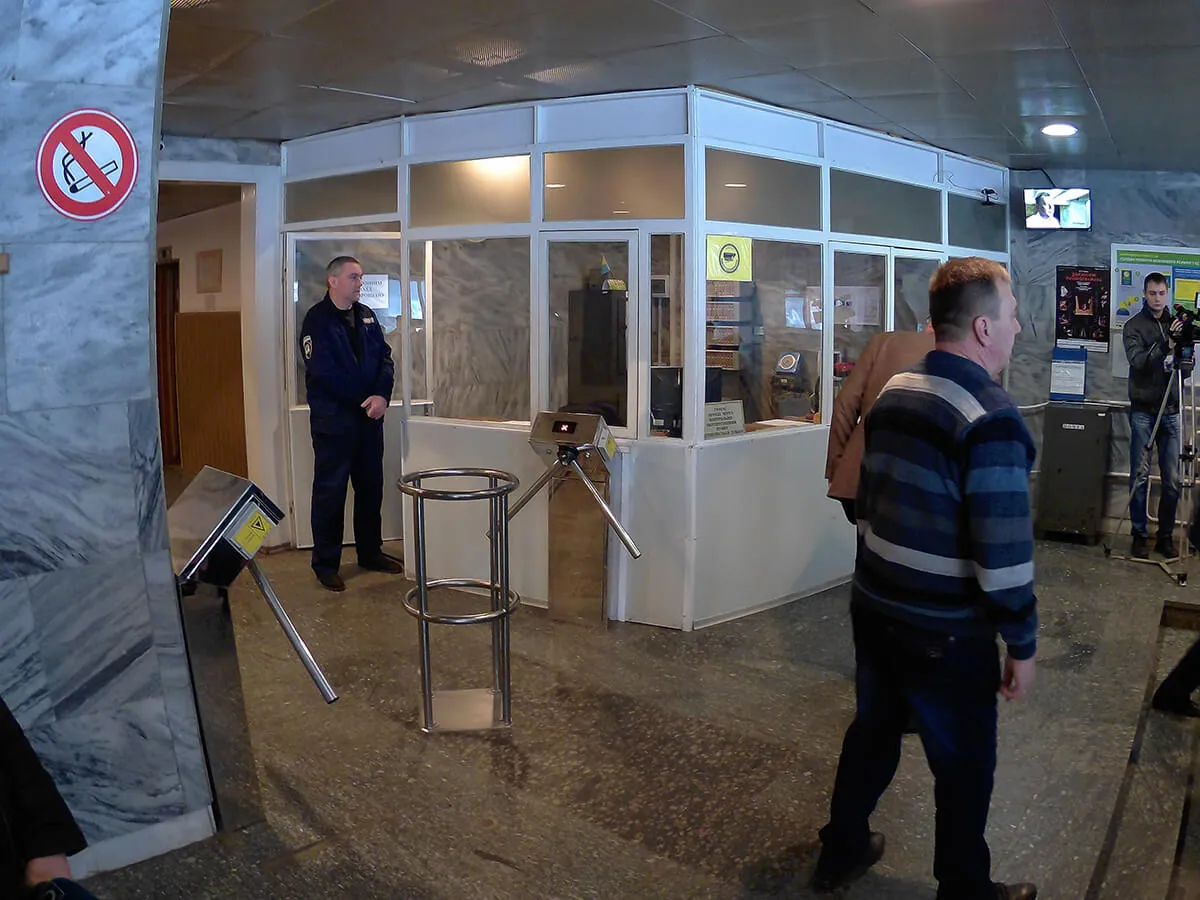
What is the metro engineering laboratory building?
What is the «ILC» of a metro – it is a “center” where the management of all communications and the entire transportation process of the entire metro system is concentrated – around the clock. Such facilities exist not only in the subway, but in every complex infrastructure facility, but their number, as well as the engineering component, can vary greatly depending on the functional and technological purpose.
In this case we will consider the «ILC» of a small metro in the city of Dnipro.
According to the words of the chief engineer of the metro: «The engineering and laboratory building was built with the prospect of development, it is designed for 3 subway lines, of which the 1st start-up section is now functioning*.»
*The 2nd start-up section was under construction before the full-scale invasion began, and is now on hold.
The building houses laboratories and 4 control rooms (for 1 line), as well as the Dnipro Metro History Museum (as a branch of the Dnipro City Historical Museum), located on the 8th floor. There are other premises, but they were not mentioned on the excursion. After an introductory speech in the lobby and an introductory introduction, we were invited to inspect the control rooms.
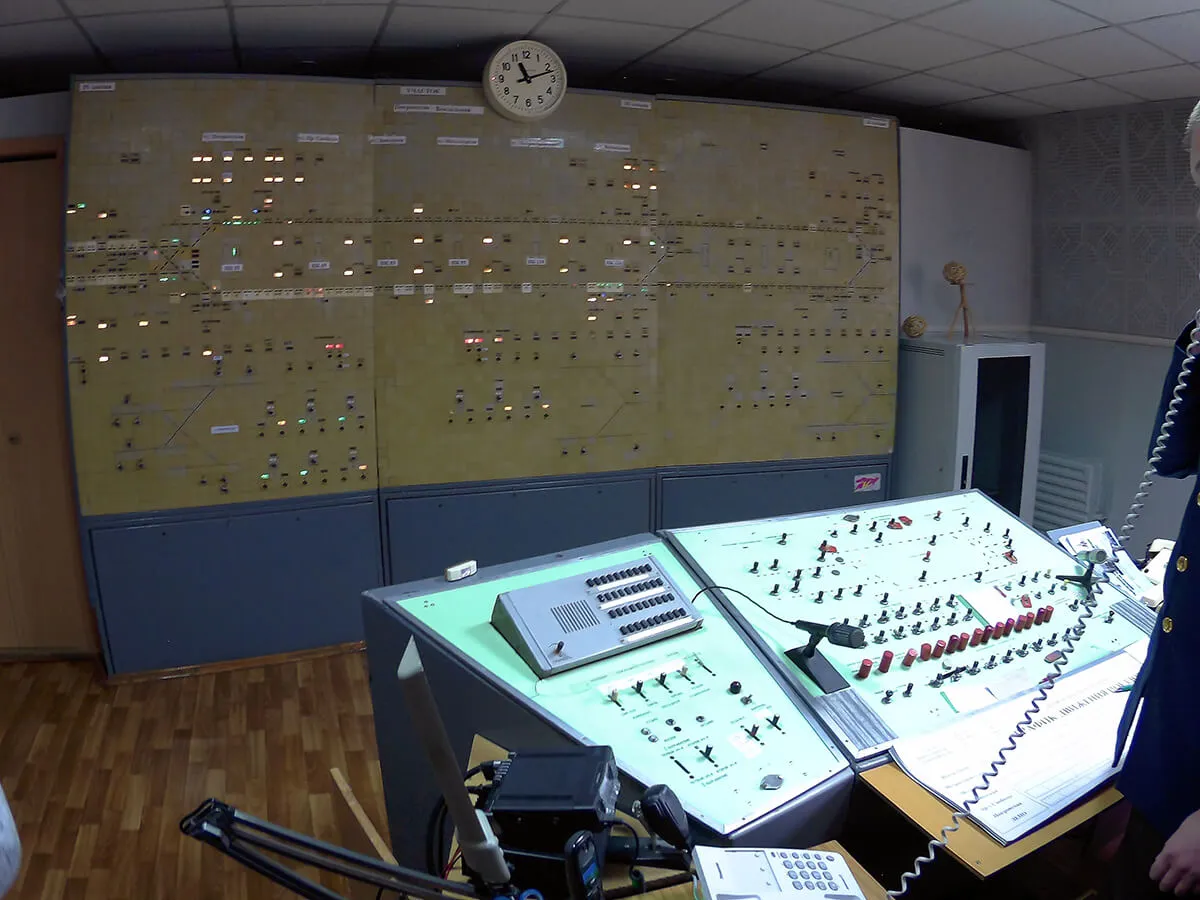
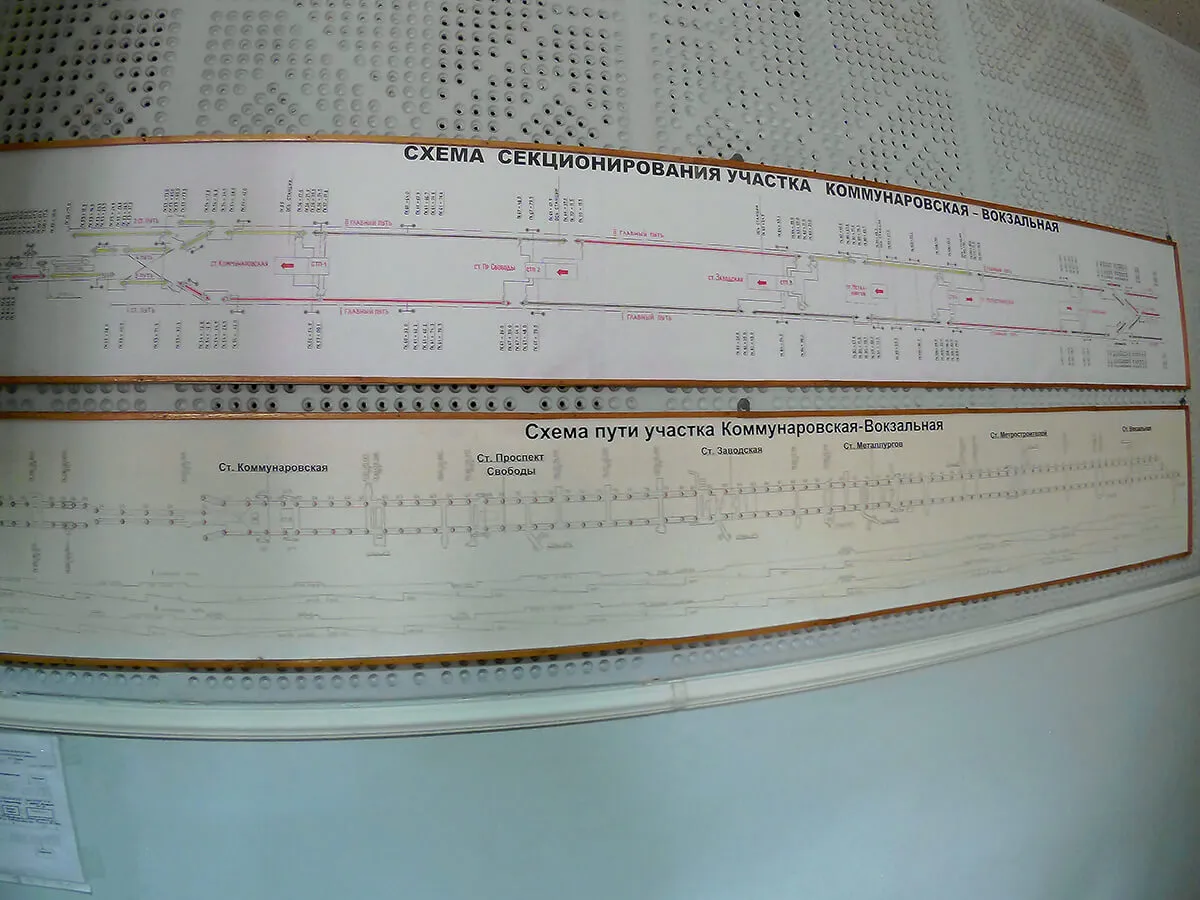
Train control room of Dniprovsky metro station
A train dispatcher is a person who controls train operations. He tracks the location and speed of the train, monitors the signals of the switches and their transfers, as well as monitors the technological control of the subway stations, and, if necessary, gives instructions to the drivers and station workers.
The uniqueness of the Dneprovsky subway control room is that it is one of the few (and at the time of writing, perhaps the only) functioning analog train control rooms of the subway. It was developed in 1962 and implemented at this site in 1980, and it is still in perfect working order. Of course, for the employees of Dneprovsky Metro – such equipment is not a source of pride, and in the plans there is a need to modernize this control room to a modern digital control system.
According to the chief engineer (at that time) Yarinovskiy Sergiy Oleksandrovych, the cost of modernization of the complex is 40 million hryvnias (for 2020). I really hope that after the modernization – the analog system will be left as an exhibit of the Dnipro metro museum.


Power control room
The electrical control room consists of parts that are responsible for individual substations (inputs), of which there are 9 units in the entire operating system of Dnipro Metro. Each such input allows to fully supply the subway with electricity independently of each other. Such system creates multiple «redundancy» of the power supply system – that is, in case of emergency situations, full power supply is “duplicated” 9 times.
From the words of the chief engineer: «The redundancy of the ventilation system is 40 times, traction (for trains) – 3 times, for the rest of the equipment double for each station, with the possibility of connecting from a parallel station 2 more reserves. All subways are designed with such a large margin of reliability».
It is important to note that full ventilation of all tunnels and stations takes place in 4 hours (the air inside is completely replaced by external air).
The capacity of the power system is 54 MW, but due to low utilization it consumes only 26 MW. The equipment that is not utilized is kept in reserve.
A special laboratory has been set up to maintain this control room (1972 model) and related equipment. At the beginning of the excursion we were told about 4 main control rooms
Dnieper subway, but at this facility we were shown only two of them.
Here is the list and functions of these control systems:
- Train control room (rolling stock control).
- Control room of electromechanical devices (fans, pumps, water supply, sewerage, etc.).
- Dispatcher of escalator devices (supervises the operation of escalators at metro stations).
- Communication and safety control room (allows automatic prevention of emergency situations, up to stopping train traffic).


Historical Museum of Dnepropetrovsk Metro
The launch of the 1st start-up section of the Dnipro Metro took place on December 29, 1995, and a year later the museum was opened. The museum is a set of collected «artifacts», photos, documents, as well as means of operation and construction of the subway. There is no special sense to describe the museum – I suggest to watch the whole excursion in the video…
Enjoy the tour!
More on the video
Conclusion
Dnipro Metro is very often ridiculed for its “size” and unprofitability in the scale of the city’s transportation infrastructure – of course, this problem exists. But we should not forget that Dnipro was supposed to get three metro lines. If this infrastructure facility had been realized as it was conceived, many of the problems voiced by “experts” would have been crossed off the list.
Continuing the existing metro line to the Nagorny part of the city with the opening of several new stations would have allowed for further plans to develop this system, and city officials found an opportunity to continue construction in the 2020s in the central part of the city
But, unfortunately, the war in Ukraine has again stopped this mega construction. So I wish us all peace, and wish the Dnipro metro to realize its pre-war plans!
Many thanks to Den Weissman for contributing to this article!




